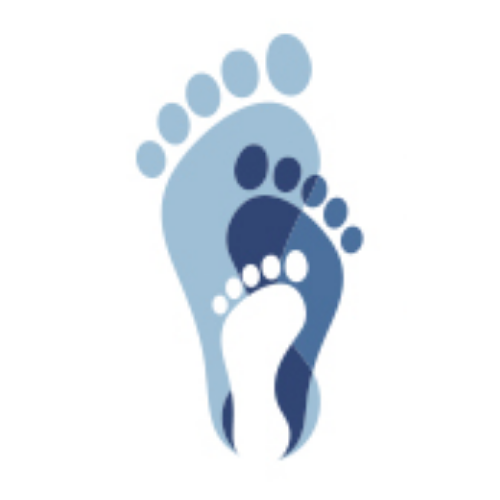Do you have Bunions? Geelong Podiatrist..Amy Hawker talks Bunions
What causes a bunion?
Also known as ‘hallux valgus’ (hallux=toe, valgus=twisted or turning outward), a bunion is a painful condition characterised by a deformity at the metatarsophalangeal joint (MTP), which is located at the base of the big toe (also known as the great toe).
Normally the big toe should point forward, however when a bunion occurs, the joint at the base of the toe points outwards, resulting in the toe deviating in an inward direction towards the second toe. In some cases, excess bone formation (exostosis) may also occur. Fluid surrounding the joint can accumulate around the area as well as inflammation of the bursae, a fluid filled sac which acts as a cushion near the joints.
The little toe can also develop a bunion, this is known as a Tailor’s bunion or a bunionette.
Bunions can develop at any age, however the incidence increases, as we get older.
Bunions can be caused by a number of factors. These include:
Arthritis or bone conditions – conditions such as osteoarthritis, Gout and rheumatoid arthritis can all cause deformation of bones leading to a boney bunion prominance.
Biomechanics– foot function and muscular imbalances can lead to excessive tightening or contraction of muscles and weaknesses in opposing muscles. This can eventuate in poor allignment of the big toe joint and eventual bunion formation.
Post surgical alignment issues can lead to bone deformities.
Improper nerve function in the feet and lower legs can contribute to muscle imbalances
Poor fitting footwear can contribute to bunion formation and lead to the onset but shoes are rarely the sole cause of bunions
Genetics this is the most common cause and can be from mum, dad, grandma or someone in the family with bunions
Treatment for bunion problems can vary from conservative management to bunion surgery in very severe cases. At Stance Podiatry, our aim is to improve your bunion pain- ideally without surgery. We have a number of options available to do this including:
Strengthening exercises
Stretching of specific muscles
Footwear assessment and management
Joint mobilisation or foot mobilisation
Foot orthotics are sometimes indicated
A sleeve or padding
Referral for surgical opinion: Bunion surgery may be considered if all else fails. This is an option which we only suggest you consider if all other conservative measures fail. If you do decide to explore your surgical options for bunion correction, we can assist you and your GP in finding a specialist to help you.
Here at Stance Podiatry we can help you with your bunions so feel free to call text or email us as we are always here to help you!
Helping you achieve optimal foot and lower limb health
Amy Hawker - Podiatrist/Director
0409092298
hello@stancepodiatry.com.au
Ocean Grove, Torquay and Geelong

